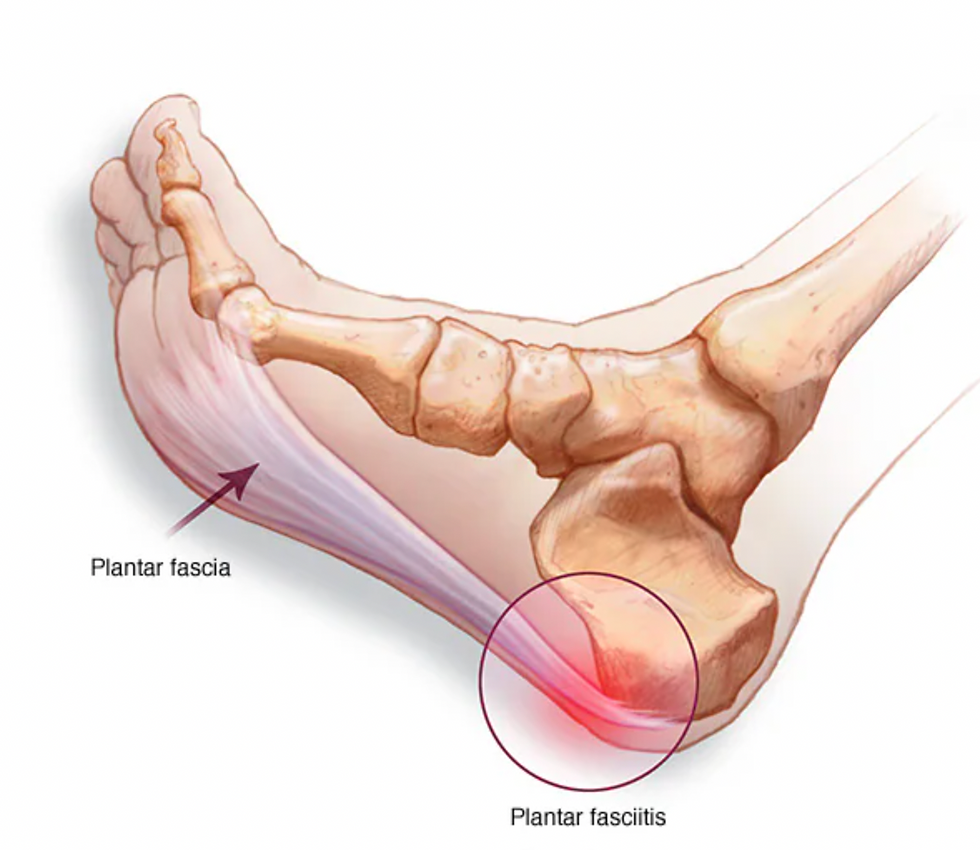The Role of Exercise in Osteoporosis Management
- Emma Millington
- Jun 11, 2025
- 3 min read

Osteoporosis, characterized by decreased bone density and increased fracture risk, affects millions worldwide. While medications are commonly prescribed, incorporating specific exercises into daily routines has emerged as a pivotal strategy in managing and potentially reversing the effects of this condition (Brooke-Wavell et al., 2022).
1. Enhancing Bone Density Through Targeted Exercise
Engaging in weight-bearing and resistance exercises stimulates bone formation and slows bone loss. Activities such as walking, dancing, jogging, skipping and strength training apply stress to bones, prompting them to rebuild stronger. A 2023 meta-analysis confirmed that exercise programs following American College of Sports Medicine (ACSM) guidelines significantly improve bone mineral density (BMD) the lumbar spine and femoral neck (hip). (Cui et al., 2023).
In particular, a recent systematic review of randomized controlled trials found that progressive resistance training and multicomponent exercise programs—including balance and impact activities—produced the most significant BMD improvements in postmenopausal women (Fernández-Rodríguez et al., 2023).
2. Reducing Fall and Fracture Risks
Balance and coordination exercises, including tai chi and yoga, improve stability and proprioception, significantly decreasing the likelihood of falls—a primary cause of fractures in individuals with osteoporosis. A 2024 review emphasized that mind-body exercises can also reduce fall risk while improving mobility and confidence in daily life (ClinMed Journals, 2024).
3. Improving Posture and Alleviating Pain
Spinal extension exercises strengthen back muscles, promoting better load tolerance and reducing the risk of compression vertebral fractures. The UK Consensus Statement highlights spinal alignment and strength training as integral components of osteoporosis-safe regimens (Brooke-Wavell et al., 2022).
4. Enhancing Overall Quality of Life
Regular physical activity not only fortifies bones but also boosts muscle strength, flexibility, and cardiovascular health. This holistic improvement contributes to greater independence and a higher quality of life. Evidence from a 2025 meta-analysis supports combining exercise with nutritional interventions (e.g., protein intake) for additional improvements in bone mineral content and overall vitality (Wolf et al., 2025).
Aligning with Australian Physical Activity Guidelines
The Australian Government's Department of Health and Aged Care recommends that adults aged 18–64 engage in:
150 to 300 minutes of moderate-intensity physical activity, or
75 to 150 minutes of vigorous-intensity physical activity, or
An equivalent combination of both moderate and vigorous activities each week.
Additionally, muscle-strengthening activities should be performed on at least two days per week. It's also advised to minimize prolonged sitting and break up long periods of sitting as often as possible (Australian Government Department of Health and Aged Care, 2024).
Implementing an Effective Exercise Regimen
A balanced routine might include:
Weight-bearing exercises: brisk walking, stair climbing, or dancing for 30 minutes most days.
Resistance training: using weights or resistance bands twice a week. Incorporating whole body movements such as squats, deadlifts, lunges, push ups, cable rows, farmer carries.
Impact training: stair stomps, heel drops, hops, skipping
Balance and flexibility exercises: tai chi, yoga, stretching or balance specific training like single leg balance, tightrope walking
A 2020 clinical guide also underscores the importance of professional supervision in reducing injury risk and enhancing adherence to exercise interventions (SciDirect, 2020).
The above is just to provide ideas and inspiration and is not personal advice. Please book in with one of our physiotherapists or exercise physiologists for tailored advice. Especially with osteoporosis, care should be taken when commencing new impact training to ensure stress fracture risk is mitigated.
Incorporating specific exercises into daily life serves as a powerful tool in managing osteoporosis. By enhancing bone strength, reducing fall risks, and improving overall well-being, exercise stands as a key management tool.
📚 References
Brooke-Wavell, K., et al. (2022). Strong, steady and straight: UK consensus statement on physical activity and exercise for osteoporosis. British Journal of Sports Medicine, 56(15), 837–846. https://bjsm.bmj.com/content/56/15/837
Cui, W., et al. (2023). Effects of exercise based on ACSM recommendations on bone mineral density in individuals with osteoporosis: a systematic review and meta-analyses. Frontiers in Physiology, 14, 1181327. https://www.frontiersin.org/articles/10.3389/fphys.2023.1181327/full
Fernández-Rodríguez, R., et al. (2023). Effects of Exercise Interventions on Bone Mineral Density in Postmenopausal Women: A Systematic Review and Meta-Analysis of Randomized Controlled Trials. Journal of Functional Morphology and Kinesiology, 8(3), 69. https://www.ncbi.nlm.nih.gov/pmc/articles/PMC10345999/
International Journal of Sports and Exercise Medicine. (2024). Role of Exercise in Prevention and Treatment of Osteoporosis. https://clinmedjournals.org/articles/ijsem/international-journal-of-sports-and-exercise-medicine-ijsem-10-269.pdf
Wolf, E., et al. (2025). Effects of combined protein and exercise interventions on bone health: a systematic review and meta-analysis. Osteoporosis International. https://link.springer.com/article/10.1007/s00198-025-07393-5
SciDirect. (2020). Exercise and other physical therapy interventions in the management of osteoporosis. In Osteoporosis: Pathophysiology and Clinical Management. https://www.sciencedirect.com/science/article/pii/B9780128130735000691
Onero Academy. (n.d.). Osteoporosis Exercises – Onero Academy. https://onero.academy/osteoporosis-exercises/
Australian Government Department of Health and Aged Care. (2024). Physical activity and sedentary behaviour guidelines – adults (18 to 64 years) – fact sheet. https://www.health.gov.au/resources/publications/physical-activity-and-sedentary-behaviour-guidelines-adults-18-to-64-years-fact-sheet?language=en
.png)



Comments